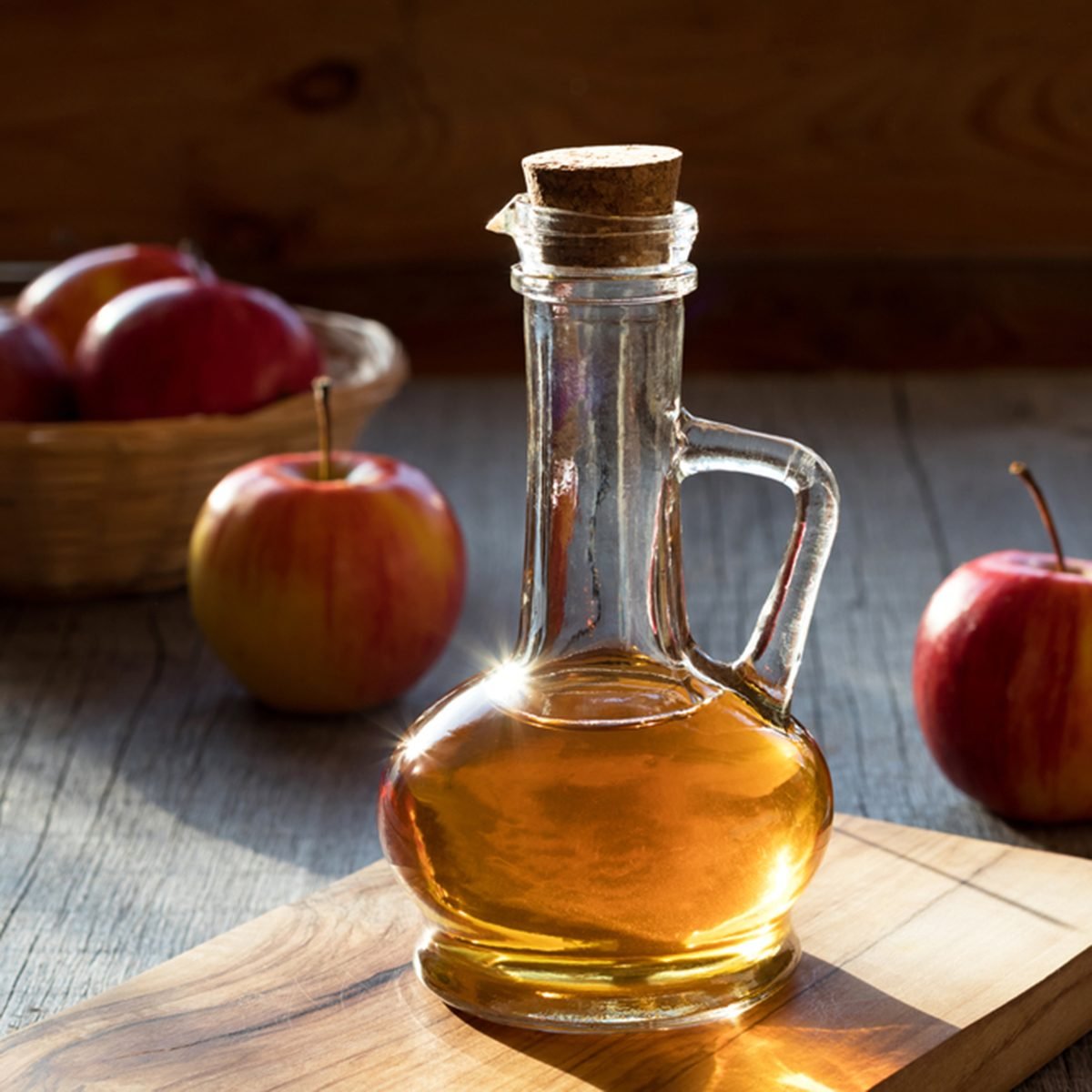
Maintaining a clean, disinfected home is essential for health and comfort, but using harsh chemicals often comes at a cost to both your wallet and the environment. Fortunately, eco-friendly disinfection practices provide a cost-effective and sustainable alternative. Below, we’ll explore simple, eco-conscious ways to disinfect your home while keeping expenses in check.
1. Essential Oils: Nature’s Disinfectants
Essential oils like tea tree, lavender, eucalyptus, and lemon possess natural antibacterial, antifungal, and antiviral properties, making them powerful disinfectants. A few drops mixed with water or vinegar create an effective cleaning solution. Tea tree and lavender oils, in particular, offer strong germ-killing abilities while also leaving a pleasant scent.
Cost: A small bottle of essential oil costs between $5-$15 and lasts for months since you only need a few drops per use.
Usage: Add 10-20 drops of essential oil to a spray bottle with water. Spray surfaces and wipe with a cloth. This solution is suitable for countertops, door handles, and other frequently-touched areas.
2. White Vinegar: An Affordable Power Cleaner
White vinegar is an all-purpose cleaner that kills bacteria and viruses naturally. It is a common eco-friendly choice because it’s cheap, accessible, and safe for most surfaces.
Cost: A gallon of white vinegar usually costs $2-$3 and can be used for multiple cleaning purposes.
Usage: Mix one part vinegar with one part water in a spray bottle. Apply it to surfaces, let it sit for a few minutes, and then wipe it down. Adding a few drops of essential oil can help mask vinegar’s strong scent.
3. Baking Soda: An Eco-Friendly Scrub
Baking soda is a gentle abrasive that helps remove dirt, stains, and grease. It’s especially effective on grimy surfaces in kitchens and bathrooms.
Cost: A pound of baking soda costs around $1-$2, making it one of the most affordable natural cleaners.
Usage: Sprinkle baking soda on surfaces, add a bit of water or vinegar to create a paste, and scrub with a brush. Baking soda can also be added to other cleaning solutions for an extra boost.
4. Hydrogen Peroxide: Safe for Disinfecting Surfaces
Hydrogen peroxide is a powerful disinfectant effective against bacteria, viruses, and fungi. It’s safe for most surfaces, eco-friendly, and non-toxic when used properly.
Cost: A bottle costs around $1-$2 and lasts for multiple uses.
Usage: Apply hydrogen peroxide directly to surfaces or pour it into a spray bottle. Let it sit for a few minutes to kill germs, then wipe it away with a clean cloth. It’s excellent for high-touch surfaces like doorknobs and bathroom counters.
5. Alcohol-Based Solutions: Quick, Effective, and Safe
Rubbing alcohol (at least 70% concentration) is another natural disinfectant that works well against most household germs. However, it’s more suited for hard surfaces like countertops, electronics, and door handles than porous ones.
Cost: A bottle of rubbing alcohol costs between $1-$3.
Usage: Apply to a cloth or spray bottle and wipe surfaces down. Avoid using on wood surfaces, as it can damage the finish.
DIY Multi-Purpose Cleaner Recipe
Here’s a simple recipe to make an all-purpose cleaner using the above ingredients:
- Ingredients: 1 cup white vinegar, 1 cup water, 10-15 drops of essential oil (e.g., tea tree or lavender)
- Instructions: Mix the ingredients in a spray bottle. Shake well before each use. Spray on surfaces, let sit for a few minutes, and wipe away with a cloth.
Tips to Control Costs with Eco-Friendly Disinfection
- Buy in Bulk: Essential oils, vinegar, baking soda, and hydrogen peroxide are usually cheaper in bulk and have a long shelf life.
- Repurpose Old Containers: Reuse spray bottles from previous cleaners or buy one that you can refill, reducing plastic waste.
- Make Your Own Cleaning Cloths: Old T-shirts or towels can be cut into rags, replacing single-use paper towels.
Eco-Friendly Alternatives and Price Comparisons
Many people spend significant amounts on chemical-based disinfectants, which can add up quickly. By switching to DIY, natural solutions, you can reduce cleaning costs by as much as 50%.